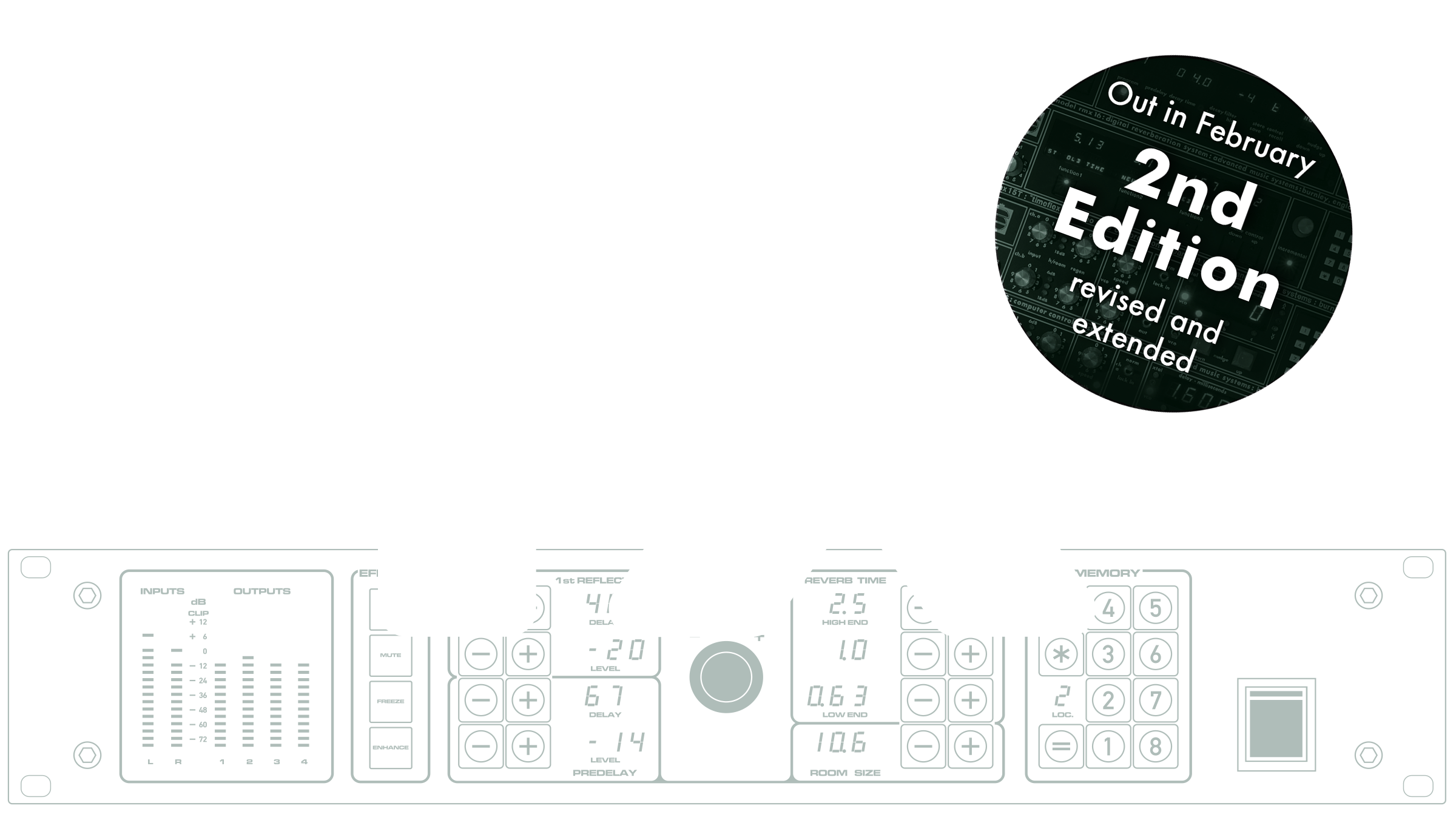The Sounds: Reverb
Listen to the machines: Click on the picture to play the sound demo.
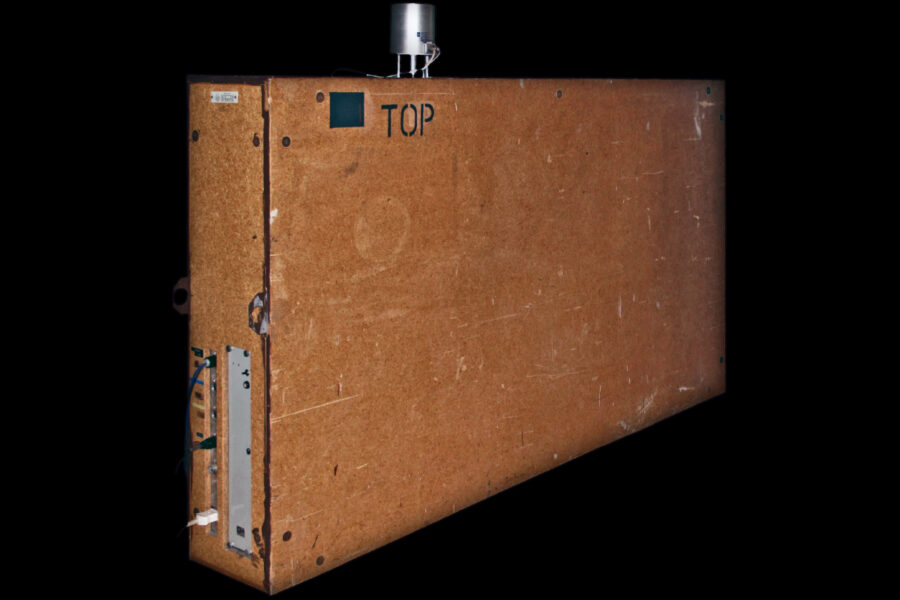
EMT 140
Plate reverb (*1957)
EMT’s plate reverb revolutionized music production by separating real room ambience from the actual recording process of music, and it excelled at generating reverb of the highest quality imaginable. Needless to say, it certainly is one of the most impressive reverb units ever made.
EMT 140
Plate reverb (*1957)
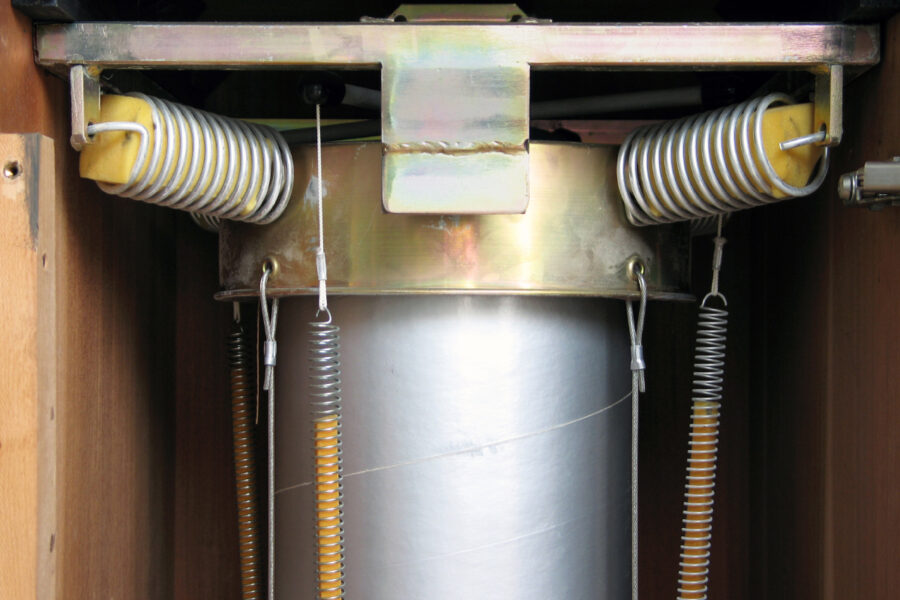
AKG BX-20
Stereo Spring Reverb (*1971)
About half a century ago, engineers at AKG were trying to come up with a portable alternative to the plate reverb that was very popular at that time. They developed the first and only spring reverb unit that would not be out of place in a professional recording studio, the legendary BX 20.
AKG BX-20
Stereo Spring Reverb (*1971)
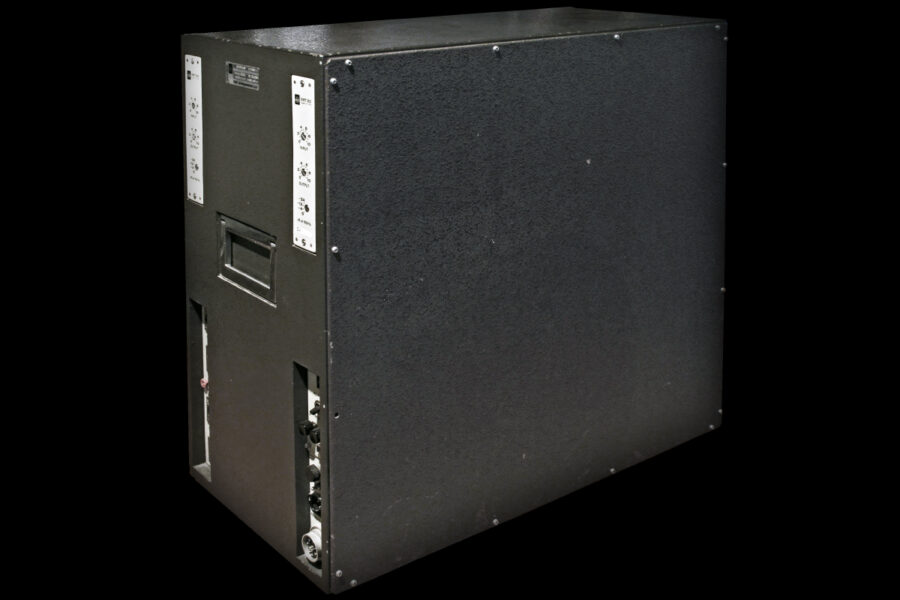
EMT 240
Gold foil reverb (*1972)
The EMT 240 – better known as “The Gold Foil” – does not exactly look remarkable, despite its impressive size. This might fool you into believing there was not much going on inside but let’s prove you wrong – it literally has a heart of gold.
EMT 240
Gold foil reverb (*1972)
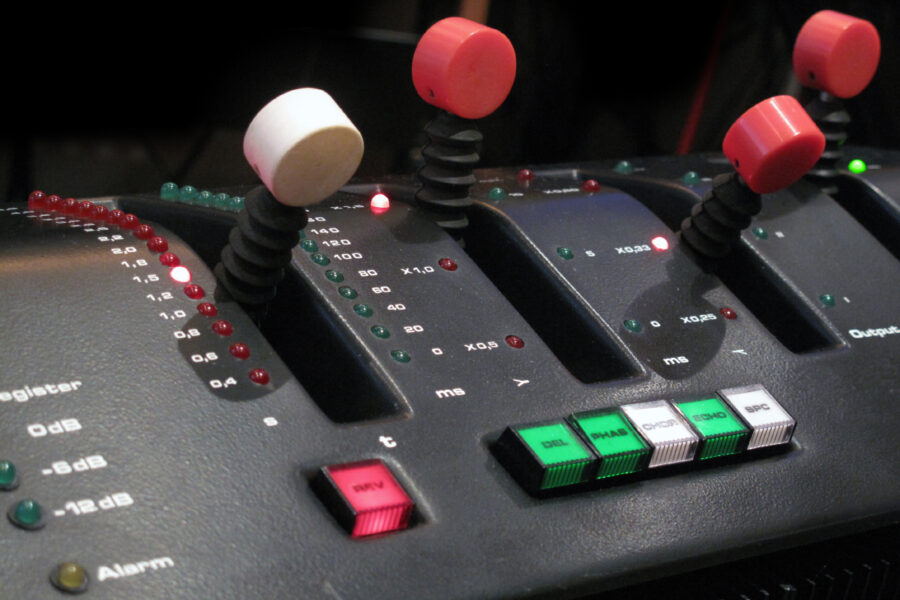
EMT 250
Digital Reverb (*1976)
Overlord of all digital reverbs – the EMT 250 deservedly bears this title with great pride as it was not only the first commercially available digital reverberation unit of all times, it is still considered by many to be one of the finest.
EMT 250
Digital Reverb (*1976)
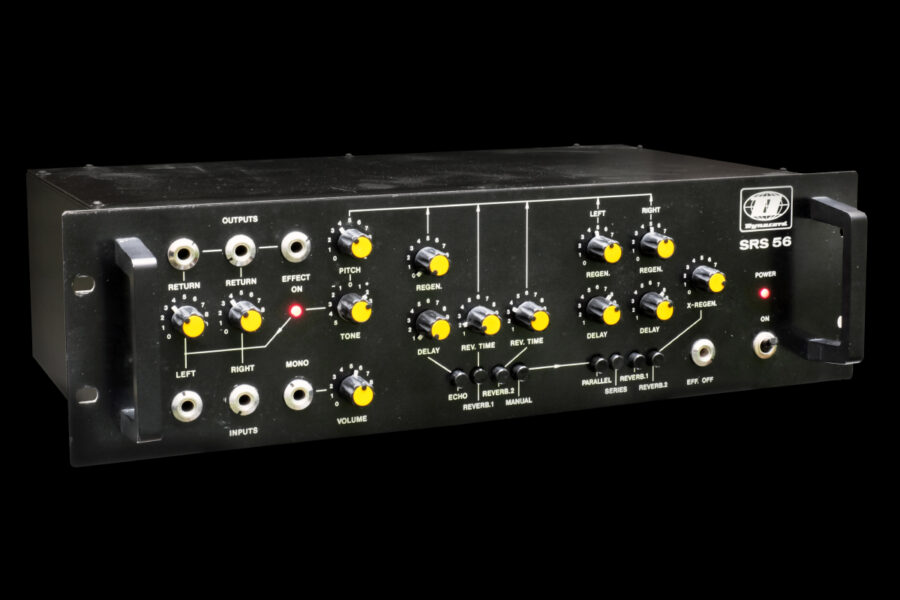
Dynacord SRS 56
Analogue stereo reverb/delay (*1977)
Dead-end streets often open up interesting perspectives – the Dynacord SRS 56 is one of these. An oddity in terms of concept, yet fairly intriguing in terms of tone.
Dynacord SRS 56
Analogue stereo reverb/delay (*1977)
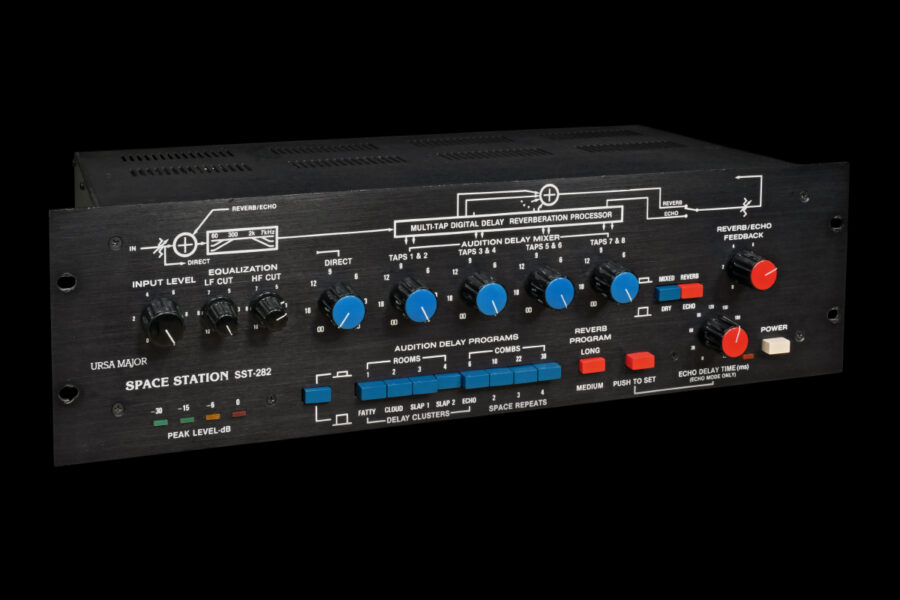
Ursa Major Space Station SST-282
Digital reverb and delay (*1978)
The Ursa Major Space Station ranks high among the major classics of effects devices. It was literally used by almost anybody between A (ABBA) and Z (Zappa), and it found its way onto countless albums.
Ursa Major Space Station SST-282
Digital reverb and delay (*1978)
Lexicon Model 224
Digital Reverb (*1978)
The Lexicon 224 was not the first digital reverb in the history of professional audio but it finally managed to establish this breed of audio-processing hardware in all professional studios around the globe.
Lexicon Model 224
Digital Reverb (*1978)
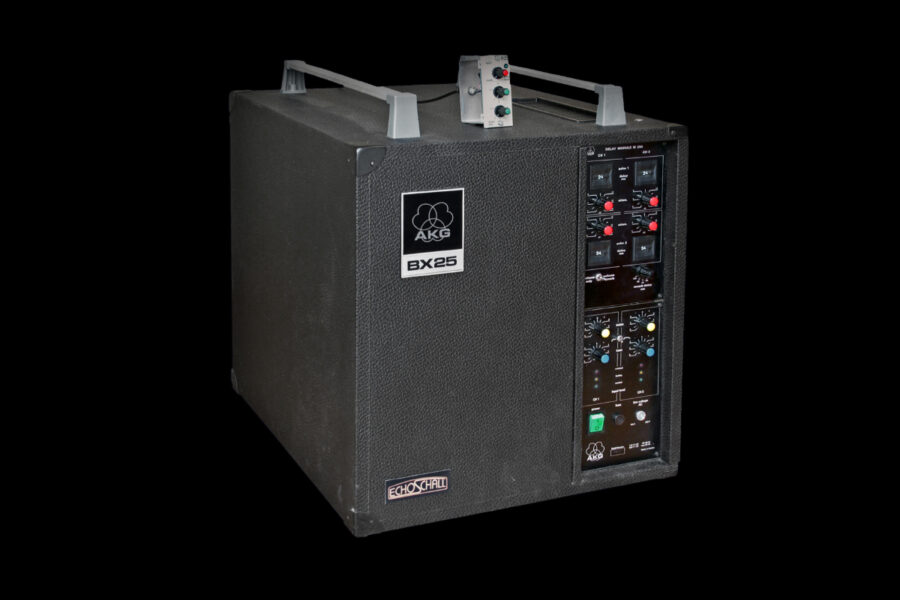
AKG BX 25 (ED)
Stereo Spring Reverb (*1981)
Without any doubt, AKG‘s BX series is the crowning glory of the entire evolution of spring reverbs. In the wake of the success of the now-legendary BX 20, the next step in the evolution, the BX 25, was created.
AKG BX 25 (ED)
Stereo Spring Reverb (*1981)
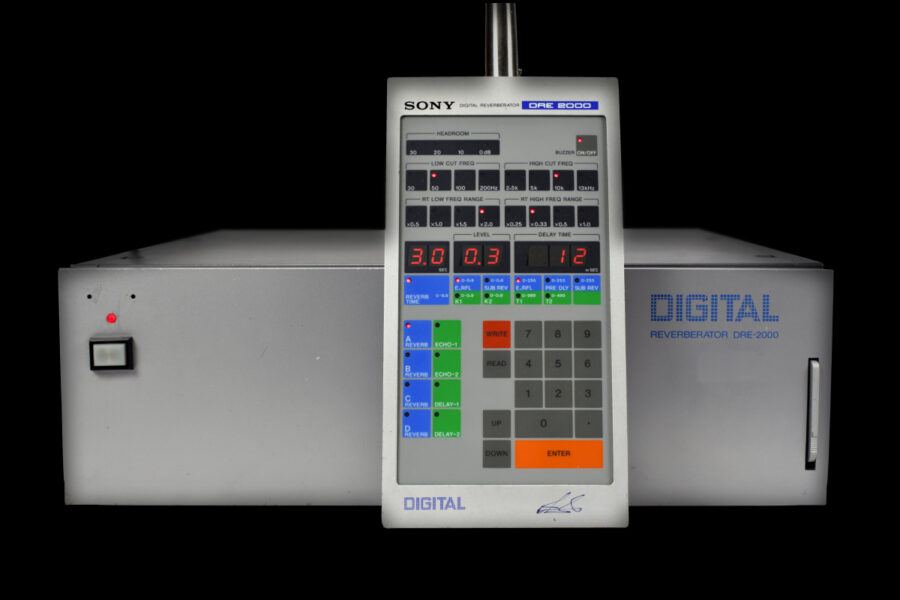
Sony DRE 2000
Digital Reverb (*1981)
For a long time, Sony's DRE 2000 had been leading a shadowy existence on the brink of obscurity. Only after the Lord-Alge brothers, Chris and Tom, had declared the DRE 2000 their all-time favourite reverb for all types of drums, the silver-coloured box finally turned into a much-revered studio tool.
Sony DRE 2000
Digital Reverb (*1981)
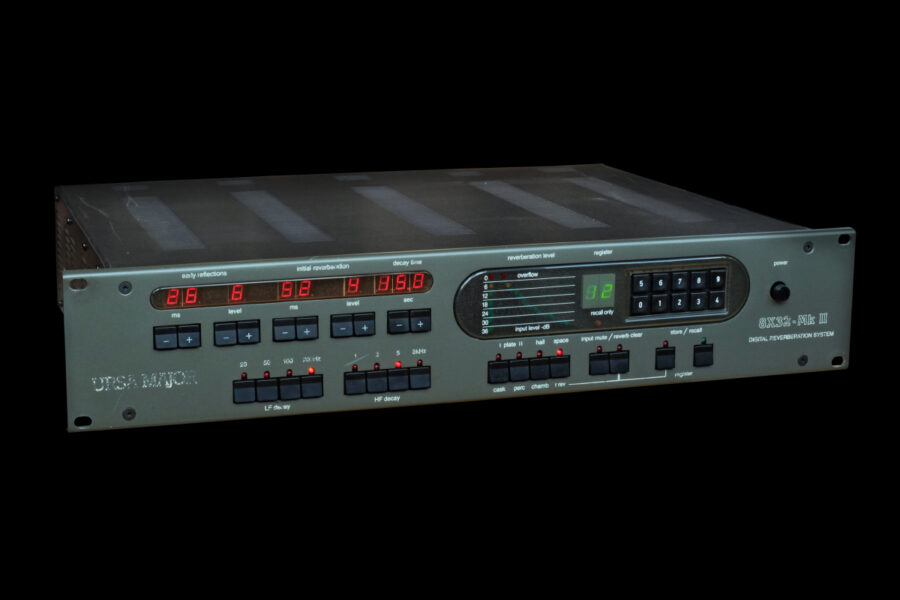
Ursa Major 8X32
Digital Reverb (*1981)
After the initial success of the Space Station, it quickly became obvious to Ursa Major that it was about time to think about a new product that would eventually replace the SST 282. Now endowed with more manpower and more financial means, the small enterprise around Chris Moore tried its luck with some technically far more sophisticated project – the 8X32 digital reverberation unit.
Ursa Major 8X32
Digital Reverb (*1981)
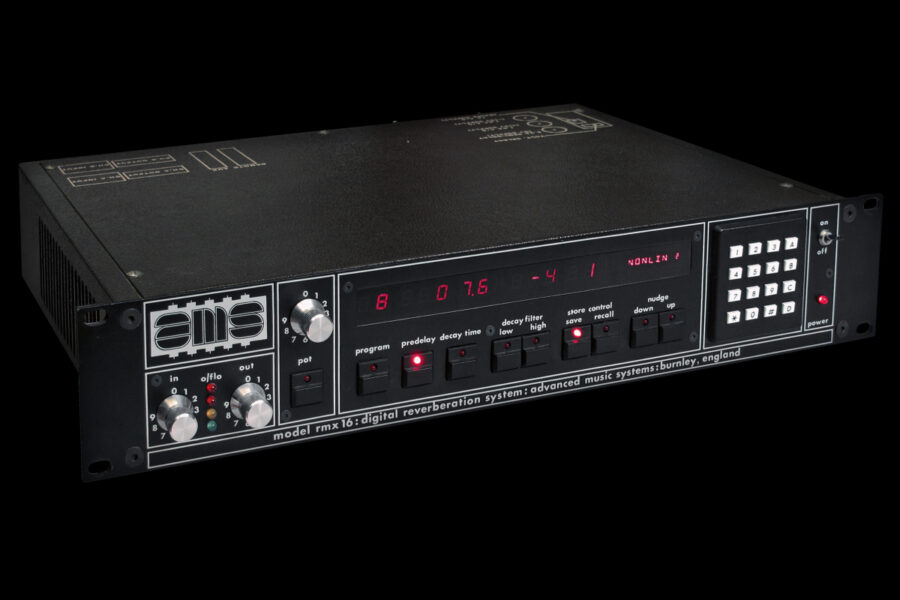
AMS RMX 16
Digital Reverb (*1981)
No one less than Phil Collins and Genesis made the AMX RMX 16 famous back in the day – today, this brilliant piece of British engineering is still ranking high among the studio standards around the globe.
AMS RMX 16
Digital Reverb (*1981)
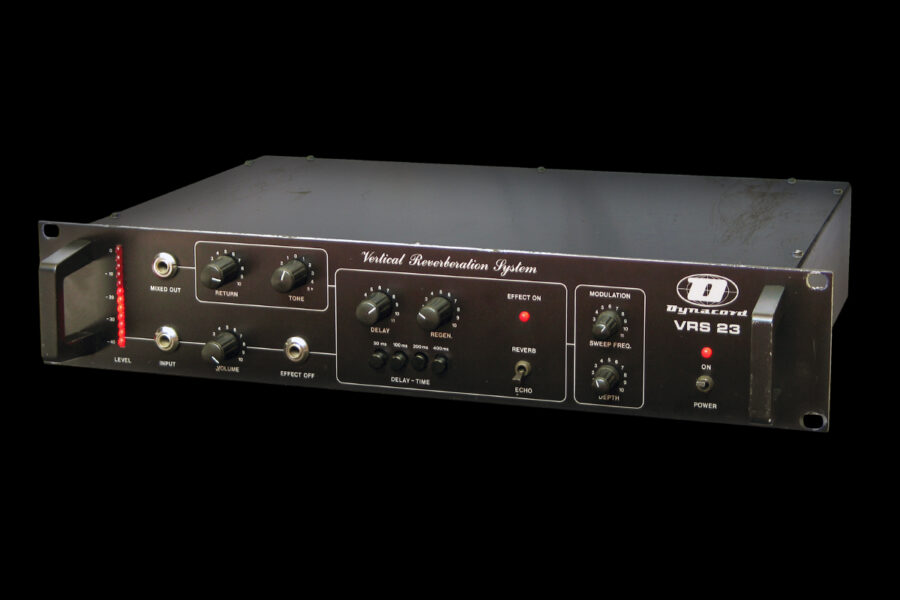
Dynacord VRS 23
Vertical Reverberation System (*1981)
The nomenclature Dynacord used for some of their devices is, well… let's say, it is a bit idiosyncratic. Same thing goes for the VRS 23 which has no mysteries to hide, nor is it based on rocket science whatsoever. In fact, it is a nice bread-and-butter effect, based on bucket-brigade delay technology.
Dynacord VRS 23
Vertical Reverberation System (*1981)
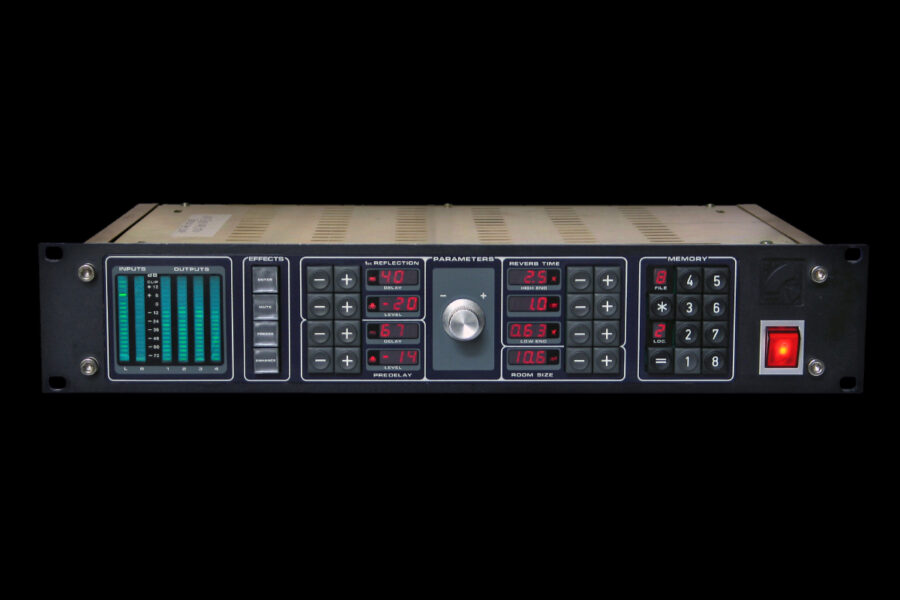
Quantec QRS Room Simulator
Digital Reverb (*1982)
As is often the case, it is those leftfield small-scale enterprises that manage to create something groundbreaking which rocks the world of music production forever, and often their inventions manage to re-define an entire genre of products and become the yardstick (hint, hint) for decades to come. The QRS certainly belongs to this breed.
Quantec QRS Room Simulator
Digital Reverb (*1982)
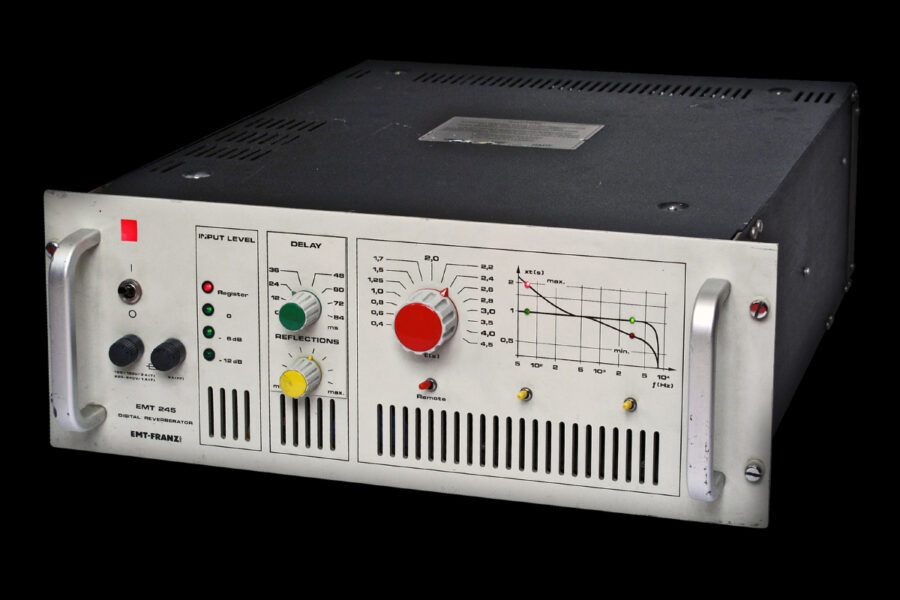
EMT 245
Digital Reverb (*1982)
In the early 1980s, EMT was ranking high among manufacturers of reverb devices. In order to stay competitive in an increasingly fierce race for market leadership, EMT had to come up with some more cost-effective alternatives to their excessively expensive flagship reverbs – please welcome: The EMT 244 and its upgraded sibling, the EMT 245.
EMT 245
Digital Reverb (*1982)
Lexicon Model 224X(L)
Digital Reverb (*1982/84)
The show must go on! The introduction of the 224 had paved the way for Lexicon’s success as a market-leader in digital reverb, thus updating their product was the next best (and logical) thing to do. The two successors to the original 224 have become classics in their own right, and both are still highly regarded and coveted digital effects devices.
Lexicon Model 224X(L)
Digital Reverb (*1982/84)
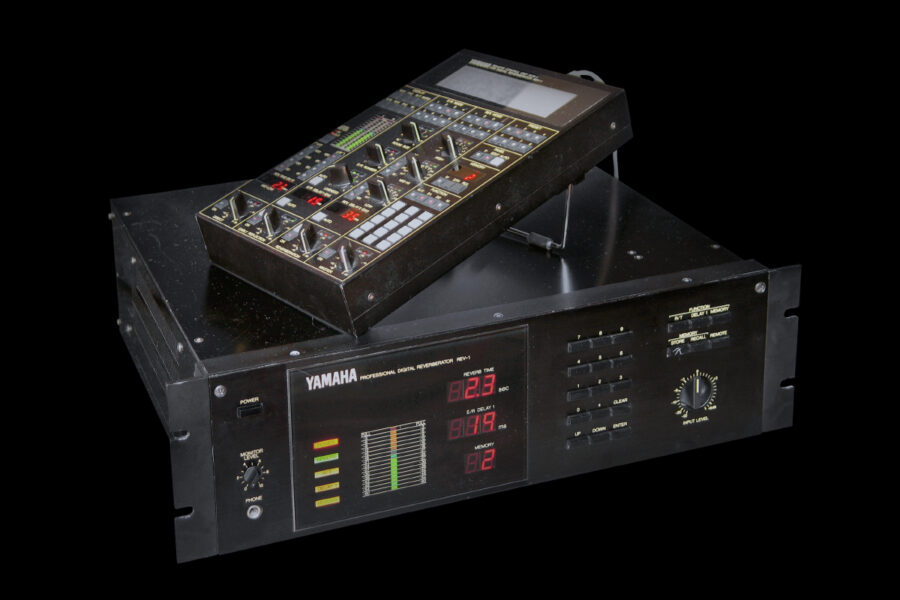
Yamaha REV-1
Digital Reverb (*1984)
In 1984, Yamaha entered the scene as the second Japanese corporation after Sony to shine their light into the darkness of digital reverberation – and there was light galore. And it was quite good.
Yamaha REV-1
Digital Reverb (*1984)
Lexicon PCM 70
Digital Reverb (*1985)
For the first time, Lexicon’s PCM 70 made the acquisition of Lexicon’s legendary reverb possible without breaking the bank or filing for bankruptcy. At the same time, it was Lexicon’s highly successful attempt at keeping in check their Far Eastern competitors.
Lexicon PCM 70
Digital Reverb (*1985)
Lexicon Model 480L
Digital Effects System (*1986)
For years, the 480L was regarded as the thing to have: Those studio owners eager to demonstrate professionalism and success (or just wanting to show off) had the LARC remote control placed alluringly on their Neve or SSL desks. This type of cliché is still working to this very day… there must be something about it.
Lexicon Model 480L
Digital Effects System (*1986)
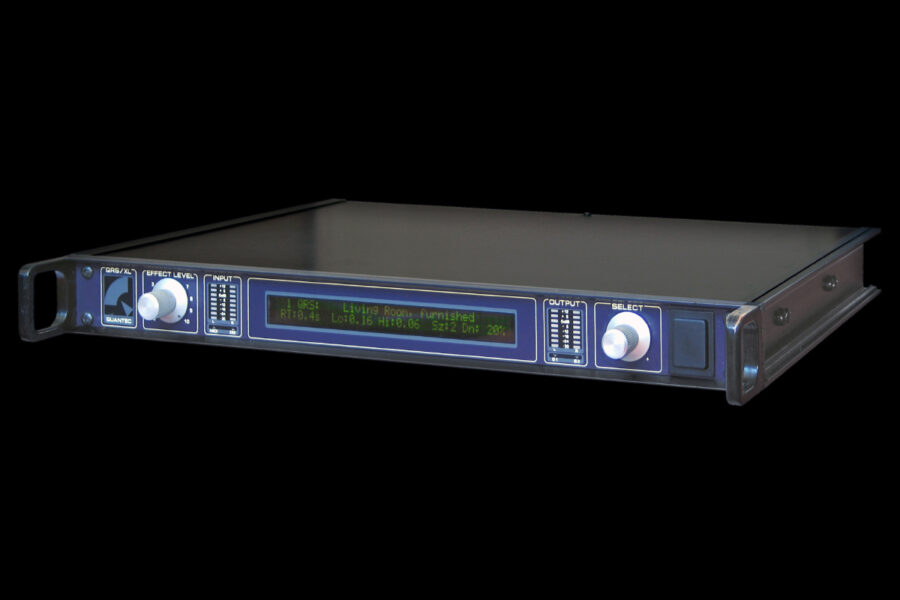
Quantec QRS/XL
Digital Reverb (*1986)
In November 1986, there was quite a bit of chin-scratching and baffled disbelief going on about that thing which had just been introduced at the Tonmeistertagung (convention of audio engineers) in Munich, Germany: Editing via computer? Loading patches via modem? Just another preset reverb…? What the…?
Quantec QRS/XL
Digital Reverb (*1986)
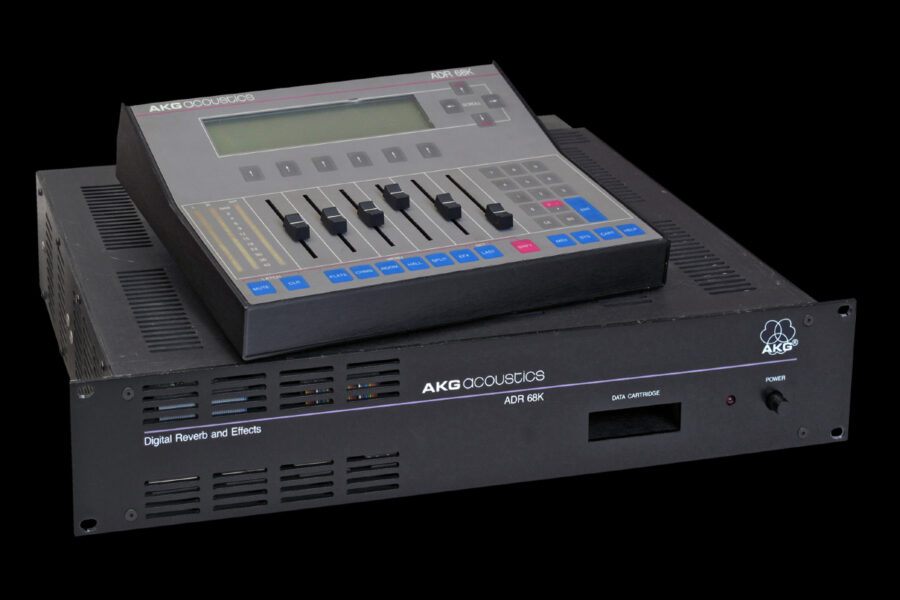
AKG ADR 68K
Digital-Reverb (*1986)
Were (or are) there any alternatives to Lexicon‘s 480L? Indeed, there was (or is) one: Potentially, the AKG ADR 68K could give the ubiquitous Goliath among digital reverbs a good run for the money.
